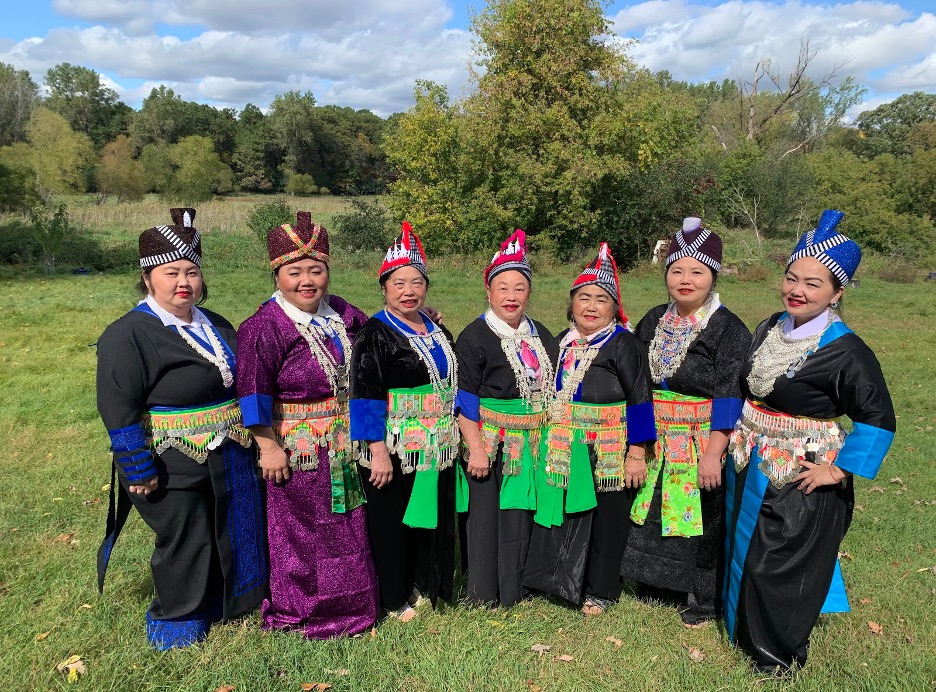
Are you ___? Fill in the blank with any Asian race and welcome to my experience. Growing up, people never took the time to learn what my ethnicity is. In 10th-grade biology class in Lino Lakes, my classmate asked me if I was Chinese or Japanese. But I’m not any of those ethnicities, I am Hmong.
When people don’t acknowledge my Hmong background, it makes me feel like Hmong people don’t exist. We are often forgotten, but we are here. And you should know about us.
Hmong people are an ethnic group with a specific language and culture that emphasizes relationships between relatives and clan members, with respect for elders and stronger families. The Hmong originally came from China with more than 4,000 years of history. The Hmong migrated from Southern China in the 19th century to the mountainous areas of Laos, Vietnam and Thailand.
Throughout our history, the Hmong people have been resilient and have overcome many challenges. The Hmong were farmers like my grandparents, mostly living in small villages high in the mountains, having little contact with others. It was peaceful until they were forced to flee for their lives during the Vietnam War. Thousands of people died in the “Secret War,” where Hmong soldiers worked with the U.S. CIA to fight the spread of communism in Laos. My grandparents said it happened so fast they just grabbed everything in sight. As the first shots were fired, my grandparents and uncles were forced to run deep into the jungles.
Many Hmong escaped by crossing the Mekong River to refugee camps in Thailand, where they endured tough conditions. My dad remembers how my grandpa lied that he was older to get more food. Many people died searching for safety, including my grandpa.
Hmong people found new homes in France, U.S., and other countries. Since then, we’ve found new ways to celebrate our culture.
You can always learn new things about the Hmong at The Hmong New Year that is open to everyone every November, Downtown St. Paul and the Hmong International Freedom Festival every July at Como Regional Park, St. Paul.
Two museums that are always open for everyone that are interested are the Center For Hmong Studies (1245 Carroll Ave., St Paul, MN 55104) and Hmong Cultural Center (375 University Ave. W #204, St Paul, MN 55103).
This story was produced at ThreeSixty’s Op-Ed Workshop in fall 2023. Ethan worked with Sahan Journal audience growth manager Samantha HoangLong, 2017 ThreeSixty Journalism Scholar and ThreeSixty Leadership council member, and Sahan Journal Editor Chao Xiong to finish his story. Click here to read more stories from the workshop.
